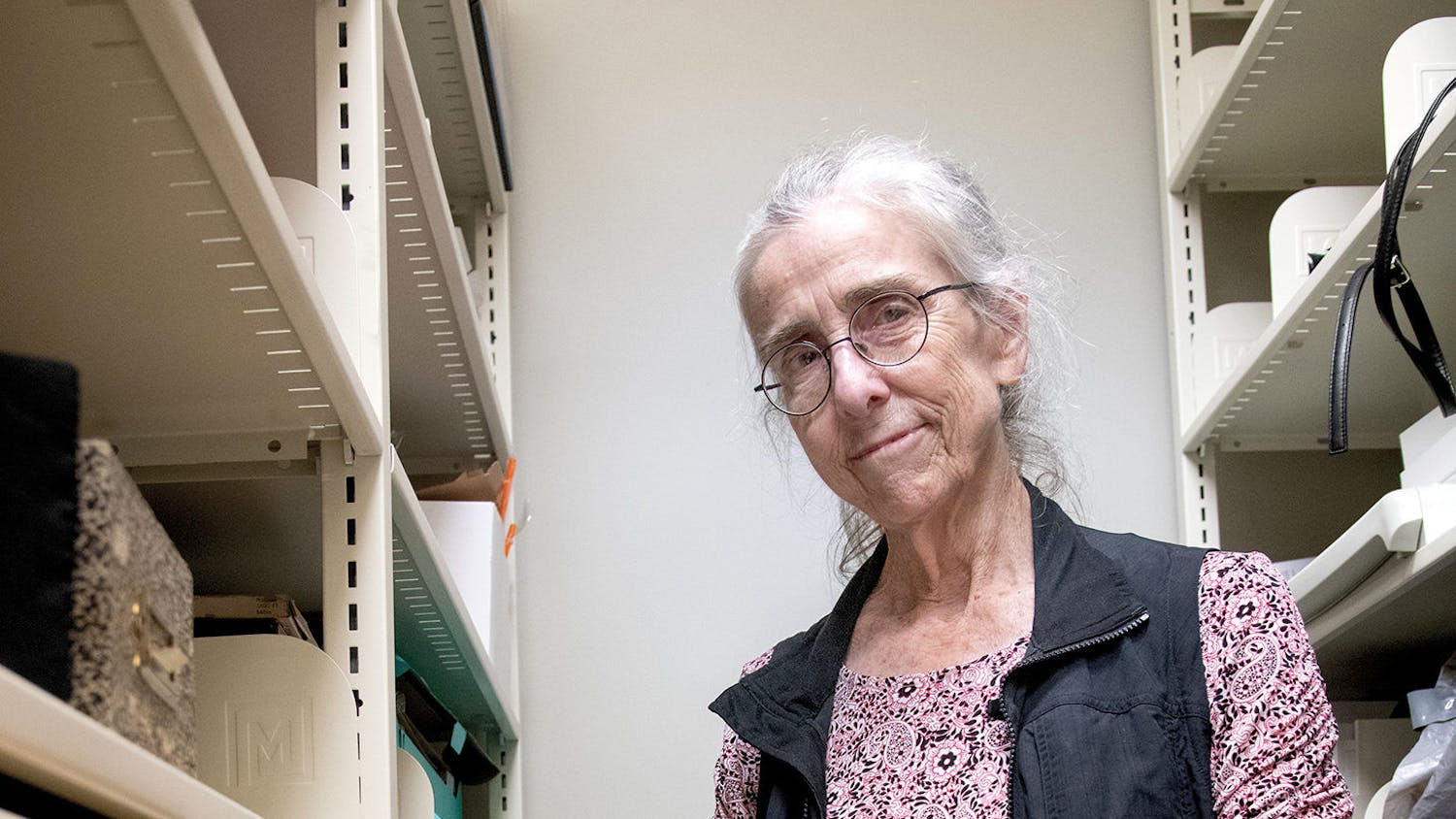Cookbooks contain more than directions for food preparation. They are like a “magician’s hat: one can get more out of them than they seem to contain,” or so muses culinary historian Barbara Wheaton.
Read closely as cultural artifacts, cookbooks are rewarding, surprising and illuminating. Indeed, cookbooks are historic documents and supply information about the available ingredients, food fashions and household technology of the time. They reveal much about the societies that produce them.
Authors often provide additional tips on how to better one’s life, such as how to shop, manage time effectively, entertain guests, travel or protect the environment. Thus, cookbooks offer recipes for living, providing glimpses of what life was like for our predecessors.
To understand cookbooks as written records, let’s trace the history of American cookbooks. The tradition of American cooking began with the Colonial times, when recipes were passed down orally and recorded in handwritten collections of “receipts,” meaning “received rules of cookery.”
Often, the recipes were obscure or missing information, assuming a breadth of culinary knowledge of the reader was gained from hands-on experience in the kitchen. Equipment was rustic, with people cooking on a hearth with earthenware pots.
When the iron range came into use in the 1850s, previous cookbooks became obsolete because their methods did not work with the new technology. Additional advances such as the oven, smokehouse, air drying, solar cooking and ice house, expanded the repertoire of recipes. Copper and cast iron pots and pans allowed for much higher temperature of cooking than earthenware or ceramics.
The few printed cookbooks in America were European imports from the immigrant settlers in the mid-1700s. It was not until 1796 that a cookbook by an American author, “American Cookery” by Amelia Simmons, was published.
Cookbooks provide insight to the foods available in the list of ingredients, including pineapple and coconut appearing in recipes by the end of the 1850s. One learns also about how food was obtained. For instance, in the 1850s, urban cookbooks featured a wider variety of ingredients bought from the street markets and vendors, measuring food quantities by price — “a punnet of strawberries” — rather than by amount.
Rural cookbooks depended on the kitchen garden and self-procured goods and discussed what to plant, fish and hunt. So, to draw a broader implication, the repertoire of ingredients displays the economic and geographic patterns of the region.
Nowadays, the old apprenticeship system is replaced with cooking channels like the Food Network, video clips from YouTube, or recipes from cookbooks and magazines (print and digital). Cooking tools today are sophisticated and affordable, enabling the reader to cook from a vast repertoire of recipes.
As a result, cookbooks include recipes reflecting the technological advances, such as creamy cauliflower soup (blender), grilled chicken (barbecue grill or oven) or toaster waffles (toaster, freezer) and can assume the reader has the necessary equipment.
[A version of this story ran on page 10 on 7/31/2014 under the headline "Reading cookbooks as history"]





